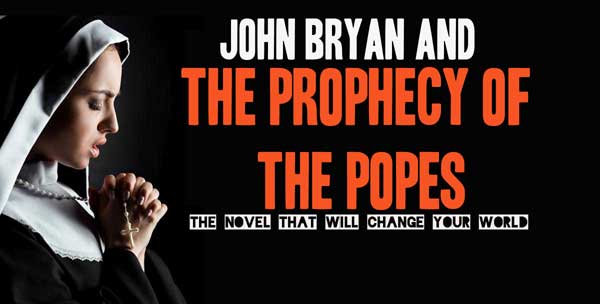We’re just a few days from the Federal election and both main parties are pushing hard for the votes of investors. So, how might the Federal election impact the taxes of property investors? Here’s my guide to the key policies you need to know about.
Liberal
As the incumbent, the Liberal approach is very much centred on a “steady as she goes” message, anchored on traditional Liberal values of sound economic management.
In practical terms, that translates into surprisingly few tax policy offerings specifically targeted at property owners, with the Liberal agenda mainly spruiking what they won’t change compared to Labor’s more activist position (see below)
The key announcement was a plan to cut personal income taxes for all individuals earning up to $126,000 each year. The cuts would be worth up to $1,080 for individuals or $2,160 per year for dual-income households per year. Up to 4.5 million Australians on middle incomes will enjoy the full tax cut. About another 5.5 million will receive a tax cut of roughly half those amounts.
The cut will be provided by extending the Low and Middle Income Tax Offset, first announced in last year’s Budget. The offset will apply for the 2018-19 year and will be claimed through your tax return. So, if you’re eligible for the tax cut, you’ll receive it by lodging your tax return at Tax Time this year.
Looking further ahead, the Liberals also intend to make additional changes to personal taxes to come into effect in 2024-25. Under the changes, the 37 per cent tax rate, which currently applies to annual earnings of between $90,001 and $180,000 would be scrapped entirely, and the 32.5 per cent tax rate (covering annual earnings of $37,001 to $90,000) would be cut to 30 per cent.
The lowest tax band, charged at 19 per cent on earnings of $18,201 to $37,000, would be expanded to cover earnings of up to $45,000, while the highest tax band, which currently kicks in on earnings over $180,000 would be only apply to incomes over $200,000.
The effect of the changes is that all taxpayers on salaries of between $45,001 and $200,000 would pay tax at the lower rate of 30 per cent.
Labor
Labor is planning big changes to the way property investments are taxed.
The biggest change is that Labor will limit negative gearing to new housing from 1 January 2020. All investments made prior to this date will not be affected by the changes and will be fully grandfathered but the changes are bound to act as a disincentive to property investment after the proposed implementation date.
In addition, Labor has pledged to halve the capital gains tax discount for all assets purchased after 1 January 2020. This will reduce the capital gains tax discount for assets held longer than 12 months from 50% to 25%. All investments made prior to 1 January 2020 (for instance any investment properties you already hold) will be fully protected from this measure.
In terms of general taxation, Labor has also announced income tax cuts.
Essentially, the Labor proposals for Low and Middle Income Tax Offset are the same as the Liberal ones. They have, however, promised a bigger tax cut for those earning less than $45,000.
Labor will not implement the later tax cuts and threshold changes (see above) that the Liberals propose to implement in the first half of the next decade.
Finally, Labor is also pledging to reintroduce the 2% debt relief levy that existed for several years under the Abbott government. This will effectively increase the top rate of tax to 49% for those earning more than $180,000.
By Mark Chapman


